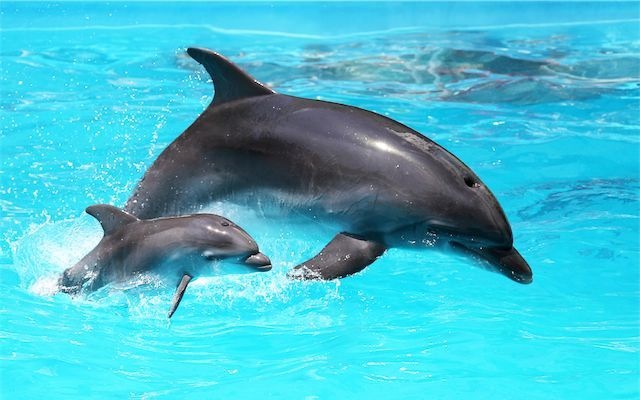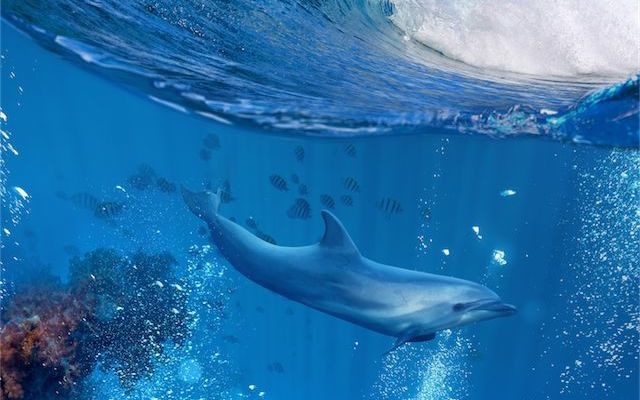Directed Dolphin Kills
Directed Kills are just that: the intentional killing of dolphins for their meat or for extermination.
Directed dolphin kills are the no-nonsense equivalent of whaling.
They occur when dolphins are killed without even the lame excuse of trying to catch fish.
These kills range from dolphins being harpooned as cheap bait as they playfully ride a boat’s bow wave, to wholesale massacres of entire dolphin herds in bays of blood.
Flipper Fund is now the home of all ET’s programs to end directed dolphin kills. It exists as a tool for you to use.
EarthTrust was one of the world’s first organizations to engage with large directed dolphin kills, beginning work in Japan in the late ’70’s.
EarthTrust is also the only environmental-action organization in history which has permanently shut down an ongoing national dolphin drive kill, by saving the trapped dolphins and getting the nation’s laws changed.
And EarthTrust has saved more dolphins through direct intervention campaigns than any other group, ever.
As world experts, this issue remains very important to us personally. While the sheer number of dolphins killed in directed slaughters is not as significant as fishery-related kills, we believe that the way individual dolphins are treated and valued is important within a culture, and important to the larger unseen kills at sea.
For instance, Japan’s referring to dolphins as “cockroaches of the sea” demeans them, and is reminiscent of wartime propaganda against enemies. That’s one reason that things like ET’s Delphis project – showing dolphins using computers like humans – has had such impact there. And it’s why it has made such an impact with ET has honored Japanese dolphin-savers within Japan.
In one nation, dolphins may be brutally slain one at a time for fun and laughter, sheer sadism. In others, entire communities turn out to help save a few wild dolphins. We have always tried to make that connection, and our work helping mobilize communities to save stranded dolphins has been very impressive to cultures which kill
them on sight.
We have sent dolphin-stranding experts to speak directly with those killing dolphins in bloody bays, with photos and video. It’s a powerful technique.
If you think directed dolphin kills should be ended, consider supporting the only group which has ever ended one. The group which has saved the most dolphins overall. We’d be honored to have you on the team.
Donate NOW to save dolphins!
Click this button to be taken to the “support ET” page to make a one-time or recurring contribution to Flipper Fund.
The world’s most successful dolphin savers have been Flipper Fund contributors. Join them.
Stopping a national directed kill – an ET “impossible mission”
Click on the grisly image above to be directed to the story of shutting down a national drive kill which is featured in the “impossible missions” section of the ET website.
Only one organization has ever permanently halted a national dolphin drive kill. Since 1991, no dolphins and no whales have been rounded up and killed in Taiwan, the result of a classic ET “Flipper Fund” campaign.
ET methods work. But they take committed people and a reasonable amount of funding. One ironic drawback of exposing and quickly solving such problems is that ET always loses money. It’s only deadlocked issues that provide stable NGO funding.
Mission: Get Dolphins out of the marketplace
Another “impossible mission” link. Click the photo to read the story of engaging dolphin drive kills with positive science and education, partnering with the dolphins themselves.
It details the early work of Dexter Cate in Japan’s drive kill, and the creative way we engaged with a polarized situation in the years that followed his 1979 release of drive kill dolphins at Tatsunoshima in Japan, which has to date been the only such release of drive-kill victims in Japan.


















